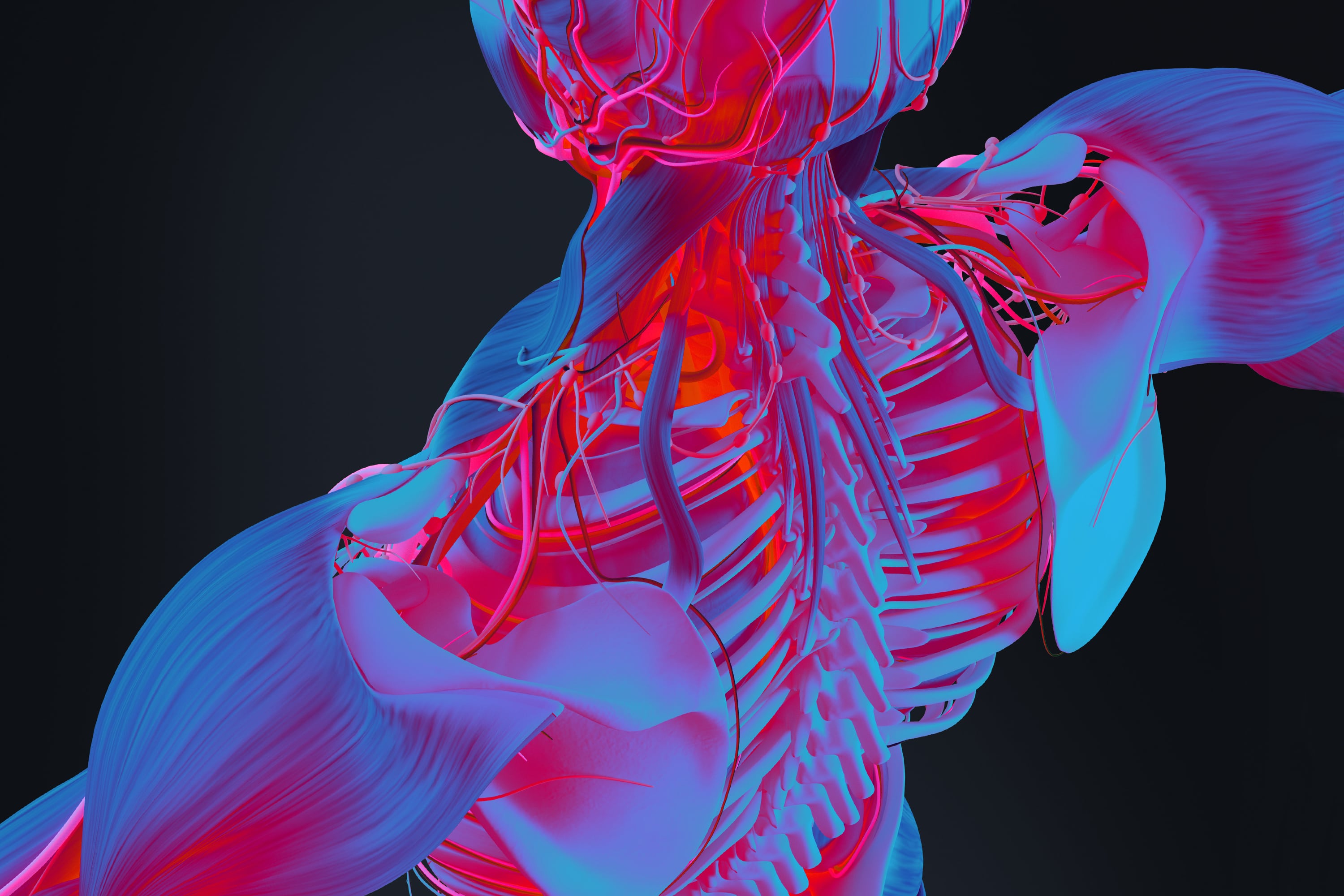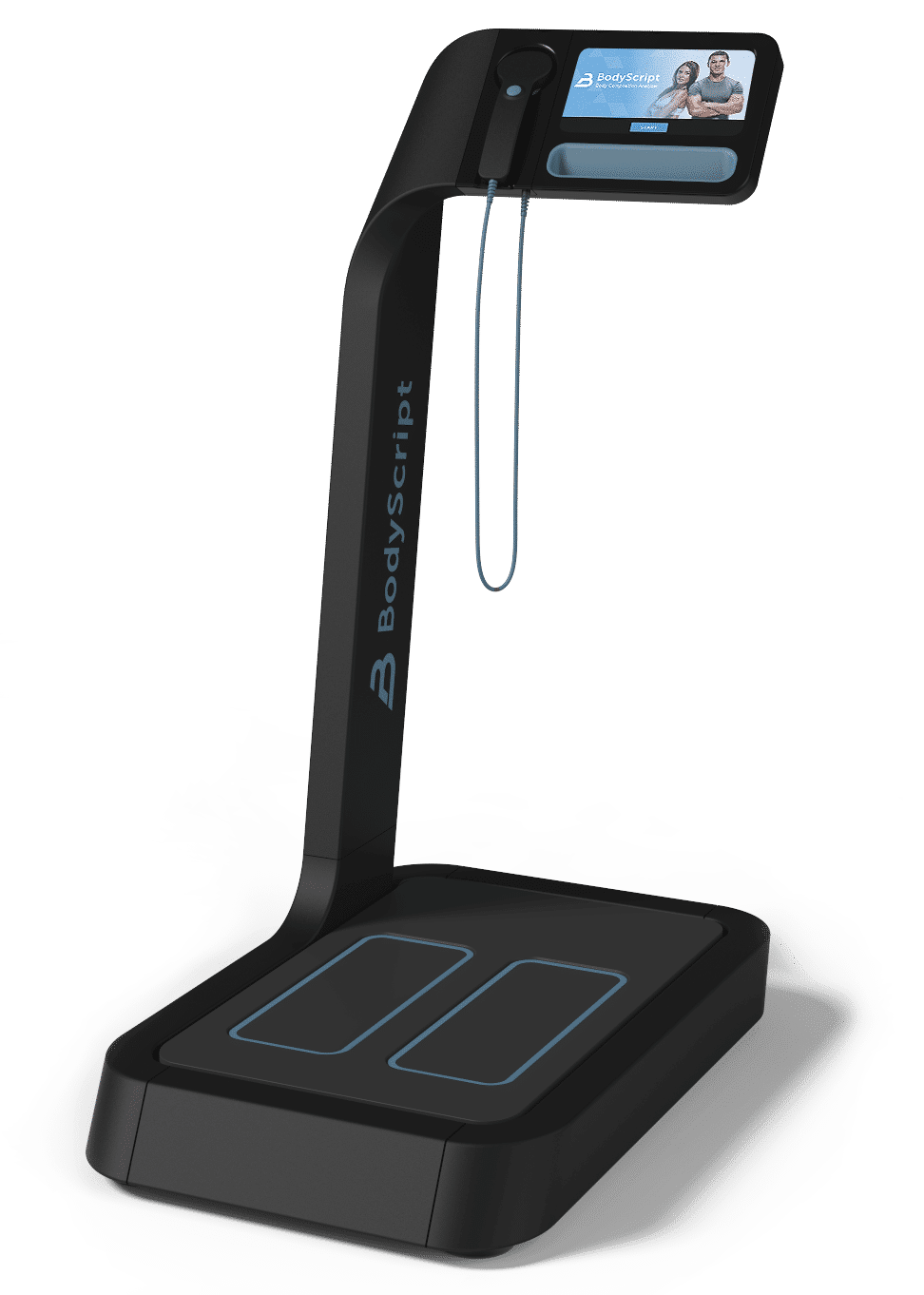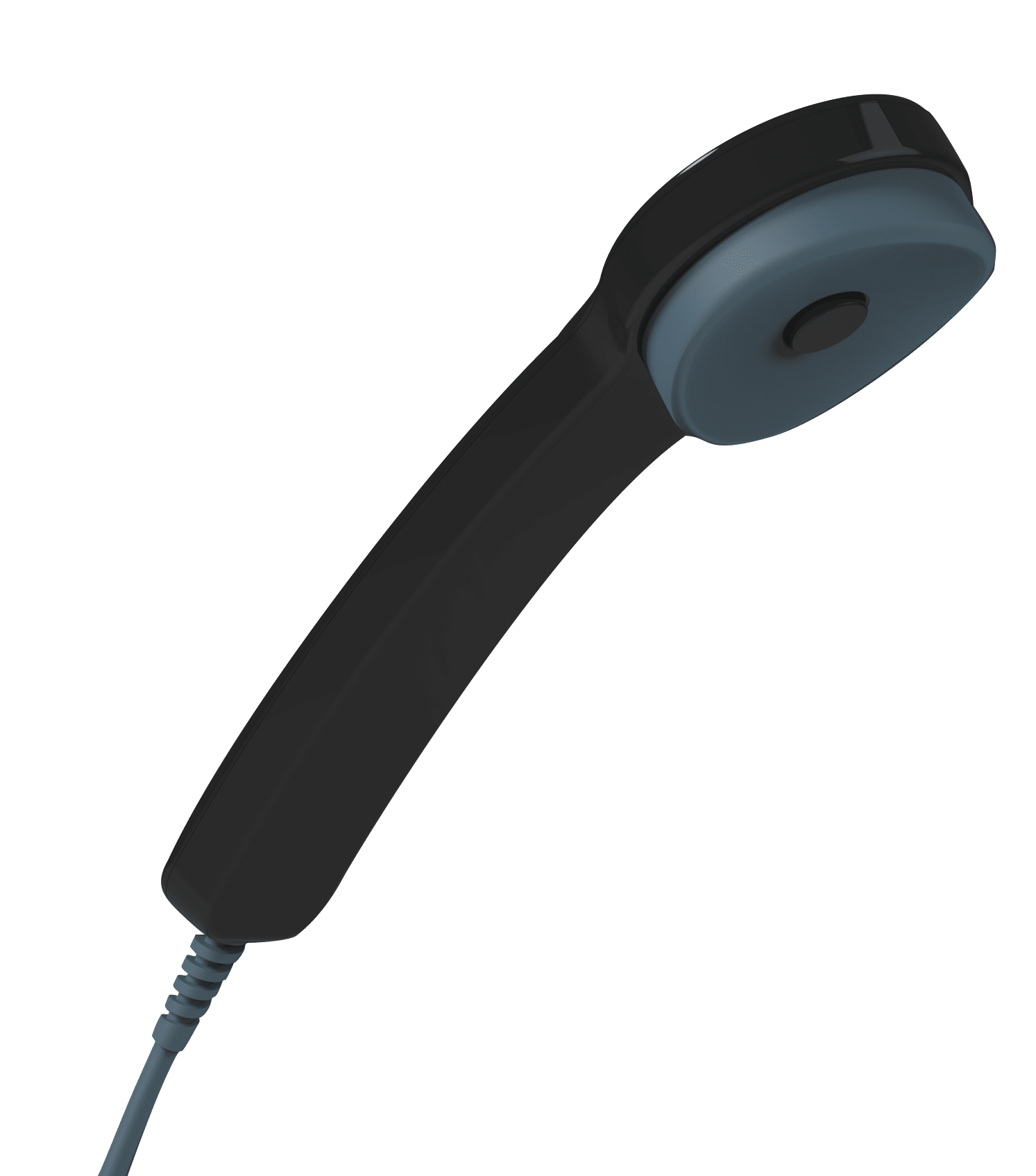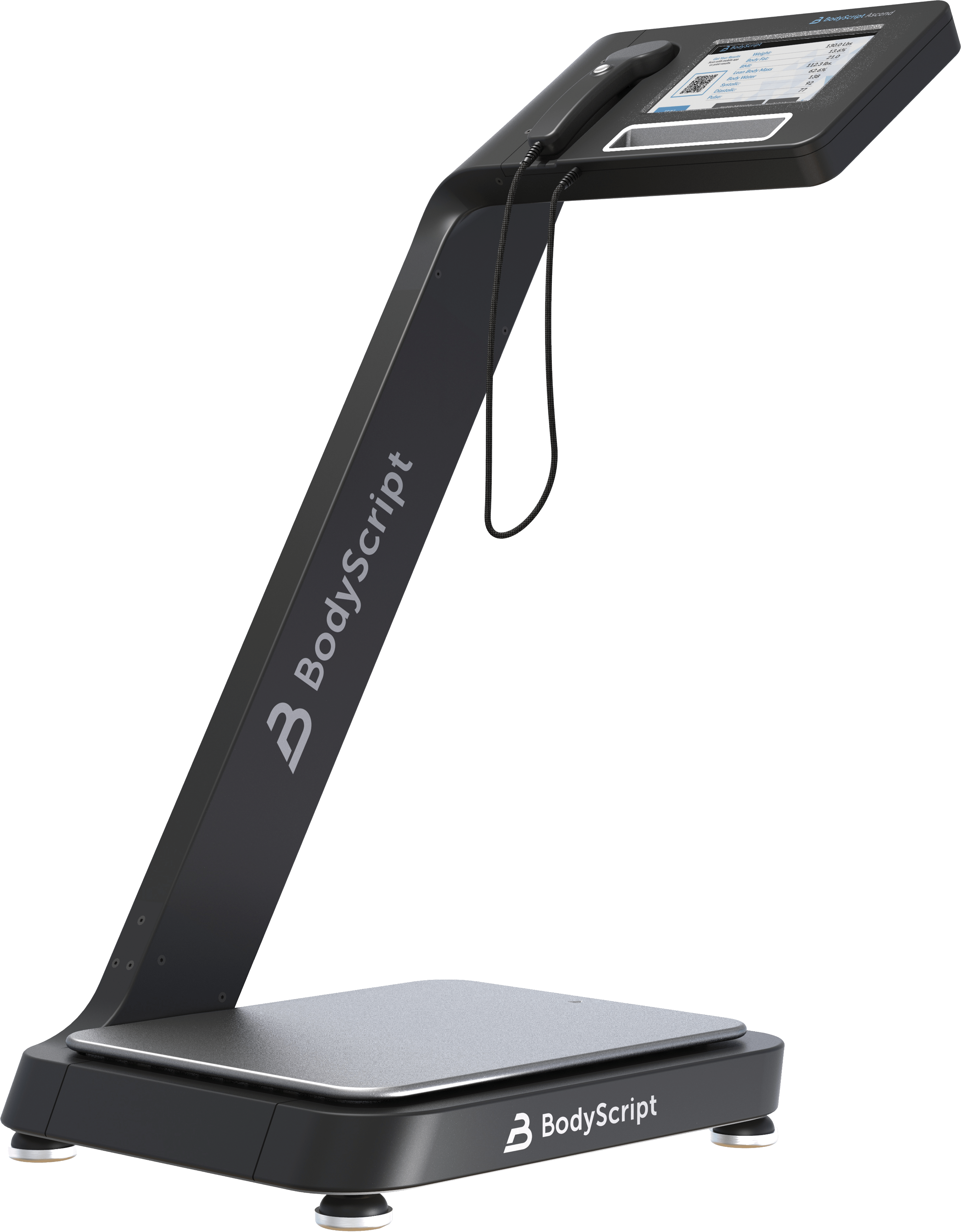Technology & Studies


BodyScript Near-Infrared Technology Overview
‘Near-Infrared Interactance’ (NIR) technology for measuring body fat was developed by the U.S. Government Department of Agriculture. BodyScript technology is based on NIR which uses a computerized spectrophotometer that measures the absorption of light wavelengths against the material (i.e. body fat) the light comes in contact with.
This measurement is based upon using light in the Near-Infrared spectrum, a safe wavelength range that is invisible to the naked eye. In this part of the light spectrum, the organic constituents in a person, such as body fat, muscle, and water content, etc., all have their own unique ‘optical signature’. The BodyScript sensor is able to accurately detect each of these unique optical signatures for body fat, muscle, and water.
How does BodyScript Compare to InBody™, Evolt™, Tanita™ and others
Bioelectrical Impedance Analysis (BIA) Technology
InBody, Evolt, Tanita, and many others use Bioelectrical Impedance Analysis (BIA) for estimating body composition, in particular body fat and muscle mass. It determines the electrical impedance or opposition to the flow of an electric current through body tissues which is used to estimate total body water. Total body water measurement is then used to estimate fat-free body mass and, by difference with body weight, body fat.
Disadvantages of Bioelectrical Impedance Analysis
Both the amount of water and electrolytes in the body significantly change all during the day depending upon perspiration, eating, and other activities that can result in inconsistent measurements.
Dehydration is a recognized factor affecting BIA measurements as it causes an increase in the body’s electrical resistance, so has been measured to cause a 5 kg underestimation of fat-free mass i.e. an overestimation of body fat.[1]
Body fat measurements are lower when BIA measurements are taken shortly after consumption of a meal, causing a variation between the highest and lowest readings of body fat percentage taken throughout the day of up to 4.2% of body fat.[2]
Moderate exercise before BIA measurements leads to an overestimation of fat-free mass and an underestimation of body fat percentage due to reduced impedance.[3] For example, moderate-intensity exercise for 90–120 minutes before BIA measurements causes nearly a 12 kg overestimation of fat-free mass, i.e. body fat is significantly underestimated.[4] Therefore, it is recommended not to perform BIA for several hours after moderate or high-intensity exercise.[5]
- Lukaski HC, Bolonchuk WW, Hall CB, Siders WA (April 1986). “Validation of tetrapolar bioelectrical impedance method to assess human body composition”. Journal of Applied Physiology. 60 (4): 1327–32. doi:10.1152/jappl.1986.60.4.1327. PMID 3700310. S2CID 44184800.
- Slinde F, Rossander-Hulthén L (October 2001). “Bioelectrical impedance: effect of 3 identical meals on diurnal impedance variation and calculation of body composition”. The American Journal of Clinical Nutrition. 74 (4): 4748. doi:10.1093/ajcn/74.4.474. PMID 11566645. percentage of body fat varied by 8.8% from the highest to the lowest measurement in women and by 9.9% from the highest to the lowest measurement in men, The subject with the largest decrease in the percentage of body fat had a decrease of 23%, from 17.9% body fat at baseline to 13.7% body fat at measurement no. 17.
- Kushner RF, Gudivaka R, Schoeller DA (September 1996). “Clinical characteristics influencing bioelectrical impedance analysis measurements”. The American Journal of Clinical Nutrition. 64 (3 Suppl): 423S–427S. doi:10.1093/ajcn/64.3.423S. PMID 8780358.
- Abu Khaled M, McCutcheon MJ, Reddy S, Pearman PL, Hunter GR, Weinsier RL (May 1988). “Electrical impedance in assessing human body composition: the BIA method”. The American Journal of Clinical Nutrition. 47 (5): 78992. doi:10.1093/ajcn/47.5.789. PMID 3364394.
- Dehghan M, Merchant AT (September 2008). “Is bioelectrical impedance accurate for use in large epidemiological studies?”. Nutrition Journal. 7: 26. doi:10.1186/1475-2891-7-26. PMC 2543039. PMID 18778488.
BodyScript Near-Infrared Analysis Technology
Near-Infrared technology for measuring body fat was developed by the U.S. Government Department of Agriculture. Near-Infrared Interactance uses a computerized spectrophotometer via solid-state optics. This method uses the principles of light absorption and reflection, more specifically transflectance and interactance, to analyze body fat. Near-Infrared light wavelengths are designed to interact and get absorbed by the three different types of body fats, which is why this is a direct measurement of body fat. This measurement technology has been proven in thousands of peer-reviewed scientific papers.
Advantages of BodyScript Near-Infrared Analysis
- Gold Standard accuracy is similar to Hydrostatic Weighing and DEXA scans.
- FDA-approved safe light technology. No electrical currents through the body.
- No need to remove shoes, socks or clothing
- No food or beverage restrictions
- No exercise restrictions
- No body lotion restrictions
- Test any time of day
Case Studies

Near IR-Light Single Site Body Fat Testing
– Presented by Robert D. Rosenthal – Oslo Norway
Understanding why the single body site (i.e. the biceps) provides identical accuracy as multiple test sites.
University of Nevada Reno
In 2018, a comprehensive academic study of 437 participants was conducted at the University of Nevada (Reno) where multiple body composition analyzers were compared to DEXA, one of the two gold standards for body composition (alongside hydrostatic weighing). Participants were college students with a mean age of 19.2±0.6 years.


Briefly summarizing these peer-reviewed technical papers:
- Near-Infrared Analysis (NIR) technology provides body fat percentage accuracy equal to Hydrostatic Weighing and DEXA scan techniques.
- The papers compare the NIR approach to all three methods of bioelectrical impedance instruments, as well as with anthropometric measurements, including BMI, waist circumference, and other such parameters.
- Shows that NIR measurements are not affected by hydration variability in the body, but that body fat measurements from all versions of BIA instruments are degraded by changes in the normal body’s hydration level that occur during the day.
This research also shows the importance of accurate and repeatable measurements for congestive heart failure and dialysis patients for the survival of those patients. The decade-long research has proven that NIR measurements are the only methods of body composition analysis that are usable on a long-term basis for critical body fat percent measurements. “We never forced data to be NIR (Futrex) favorable, data and all analyses are without any bias, indeed our statistician tried very hard to find flaws for NIR, but it turned out to be the best method.” – Dr. Kamyar Kalantar-Zadeh
*Dr. Kamyar Kalantar-Zadeh, MD, MPH, PhD, Harold Simmons Center for Chronic Disease Research and Epidemiology, Los Angeles Biomedical Research Institute at Harbor-UCLA Medical Center, and UCLA David Geffen School of Medicine and UCLA School of Public Health, 1124 W Carson St, C1-Annex, Torrance, CA 90502. Phone: 310-222-3891, Fax: 310-782-1837; E-mail: kkalantar@rei.edu.
BodyScript Ascend
Upright Body Composition Analyzer
The BodyScript Body Composition Analyzer featuring near-infrared technology that provides Gold Standard body measurements for muscle, fat, bone, and water.
No need to remove shoes or clothes. No meal or beverage restrictions. Test any time of day.
Product Features
- Gold Standard Accuracy – Equal to Hydrostatic Testing and DEXA
- 10 Second Testing – Stand on the Unit and Apply Light Wand to Your Bicep
- Body Fat Percentage, Weight of Body Fat
- 3 Fat Type Analysis
- Bone Mass
- Muscle Mass
- Lean Body Mass
- Body Mass Index (BMI)
- Metabolic Rate (BMR)
- Total Water
- Results Can be Scanned on BodyScript Mobile App or Printed.
- Easily Transfer Data to Authorized Health Networks
- No Network or Bluetooth Connection Required




